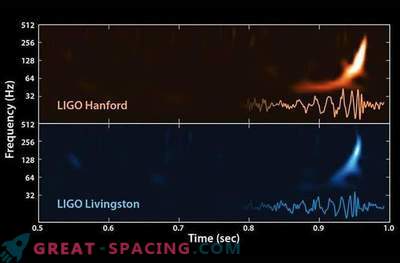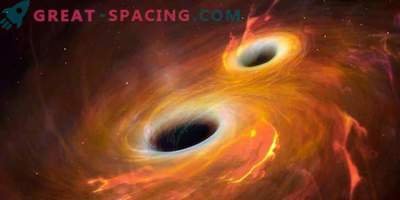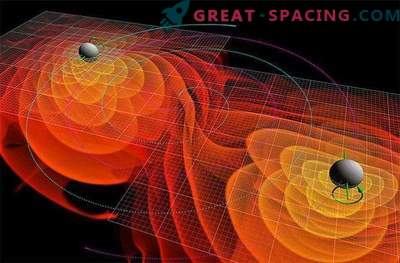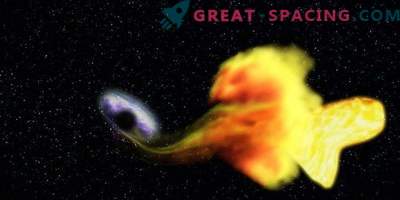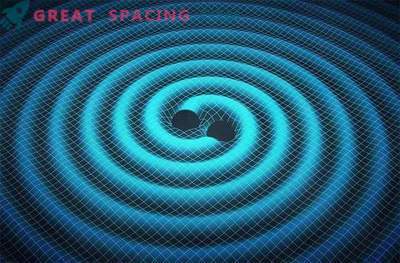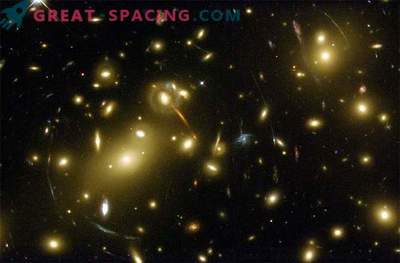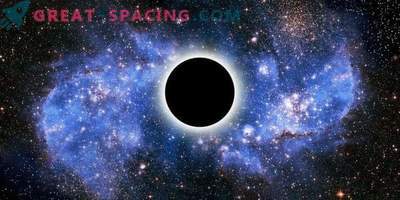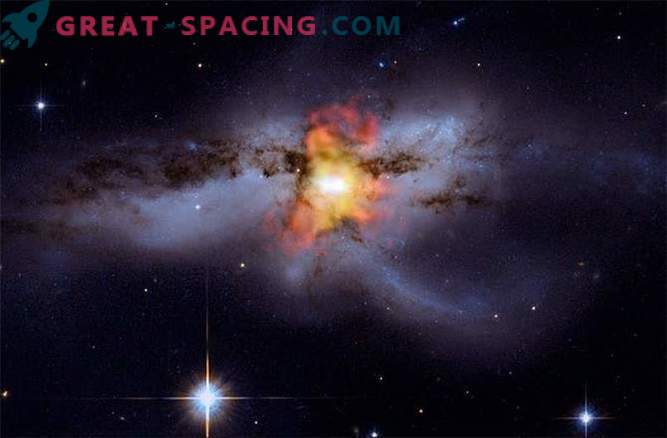
New simulations of energy collisions in the universe allow astrophysicists to understand more deeply the principle of generating gravitational waves, which is perhaps the most exciting opportunity to look into the future of the celestial world and understand what will happen next.
The merging of black holes is considered the most epoch-making event that the universe has ever seen since the big bang that occurred more than 14 billion years ago. This event occurs when two (or more) black holes become trapped by their mutual gravitational fields, after which they collide and merge into a single whole. In theory, the energy that is produced during their merging can generate a very specific ejection of a gravitational wave, the modeling of which is the main goal of scientists.
According to Einstein's theory of general relativity, gravitational waves are generated as a result of the acceleration of two massive objects in open space, but science cannot yet directly observe this process. Indirectly, to see their influence, you can only watching the movement of white dwarfs (for example, in orbit of each other). With the passage of time, the radius of their orbits begins to decrease, and the energy is lost, after which the emission of gravitational waves occurs.
Although we have a pretty good idea of their properties, as is well known, gravitational waves are very difficult to detect, but thanks to new research, this may become possible and it is the confluence of black holes that is the key to this. "The acceleration of the electron charge is produced by electromagnetic radiation, including light waves visible to us," said Michael Kesden, a scientist at the University of Texas, in a press release. "Similarly, it happens with the acceleration of mass, the gravitational waves of which will be more than visible, like the light in the case of electrons."
Michael Kesden is the lead author of a new study on the black hole merging process published in Physical Review Letters.
"The use of gravitational waves as an observant tool allows us to find out almost everything about the characteristics of black holes that have continued to exist for billions of years and even how they were formed," David Gerosa, a scientist and co-author of this project, added to the press release. . "This is extremely important data that will fully understand the process of the evolution of the Universe."
Currently, there are several similar projects at the implementation stage. It should be noted that the most famous observatories equipped with a laser gravitational-wave scanning interferometer (LIGO) are just two competitors located in Louisiana and Washington.
Using high-precision lasers the size of a 4 kilometer tunnel, allow you to scan how gravitational waves pass through our planet. Currently, LIGO is being actively upgraded in order to increase its sensitivity. In addition, LIGO analogues are also being created in Europe. The project was named “VIRGO” and has the same mission as the American prototypes. "We decided that we would help predict the characteristics of gravitational waves that American scientists expect to receive with the help of LIGO," said Ulrich Sterhak, a co-author of the project "GIRL", a graduate of the University of Cambridge. "We look forward to the results of our experiments in order to compare them with those that will be obtained using LIGO," he added.
The researchers specifically directed the simulation to the process of attracting two black holes and how they would rotate around each other.
"With the help of existing technologies, we can create a computer model of this process and view the entire evolution of black holes (which in real time would take billions of years) in just a matter of seconds," Kesden continued his presentation. "However, this is not just an accelerated course of events, there are such things that we simply cannot recognize in any other way."
The researchers hope that with the help of data from computer models, they will be able to obtain new data on black hole fusions and explore new details about the characteristics of gravitational waves.
Without a doubt, this project can be called a revolution in the world of astronomy, science, the main purpose of which is to study the most important and without doubt the most interesting phenomena in the Universe. The study of gravitational waves will allow scientists to answer the many seemingly previously completely inaccessible questions that will bring us at least a little closer to understanding our Universe.

